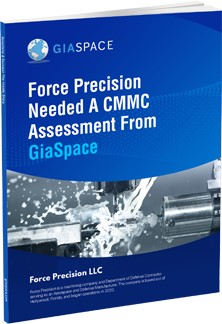Microsoft Editor vs Grammarly: An In-Depth Analysis for the Business World
In today’s digital age, where content is king and precision is paramount, businesses must ensure their content is error-free and conveys the desired message effectively. Two giants in the writing assistant world are Grammarly and Microsoft Editor. While both tools promise improved clarity and reduced errors, how do they fare head-to-head? Let’s dive into an analytical comparison to determine which tool is more conducive to the demands of businesses.
Who Wins The Online Grammar Tool Contest?
1. Accessibility: Platform and Integration Dynamics
- Grammarly: Established in digital writing, Grammarly offers many accessibility options. Users can integrate it with:
- Web browsers such as Chrome, Firefox, Microsoft Edge, and Safari. This ensures compatibility with online platforms like Google Docs and Microsoft Word Online.
- Standalone applications on both desktop and web.
- Plugins for Microsoft Word.
- Extensions for mobile keyboards across Android and iOS.
- Microsoft Editor: The newer entrant in this domain, Microsoft Editor, primarily integrates with the Windows ecosystem. It is available on:
- Web browsers like Chrome, Firefox, Edge, and Safari.
- Microsoft Word and Microsoft Outlook, encompassing both online and desktop versions.
Verdict: Grammarly emerges as the frontrunner due to its broader platform adaptability.
2. Functionality: Accuracy and Depth of Analysis
- Grammarly: Boasting a nuanced approach, Grammarly allows users to set writing goals tailored to the content type and audience. Key features include:
- Comprehensive spelling and grammar checks.
- Audience-specific suggestions spanning clarity, engagement, delivery, and style.
- Detailed proofreading reports.
- Support for multiple English dialects.
- A robust plagiarism checker.
- Weekly analytical insights into individual writing statistics.
- Microsoft Editor: Adopting a more foundational approach, Microsoft Editor provides:
- Standard spelling and grammar check functionalities.
- “Refinements” that suggest modifications based on a range of criteria.
- Extensive language support, catering to over 60 languages.
- A similarity checker for content originality.
- Basic document analytics.
Verdict: Grammarly’s depth and breadth in error detection and writing enhancements surpass Microsoft Editor’s offerings.
3. Pricing: Evaluating Cost-to-Value
Both tools have adopted a freemium model, but their pricing structures differ (USD as of September 14, 2023):
- Grammarly:
- Free Version: Basic grammar, spelling, and tone check functionalities.
- Premium Plan: $12.00/month (annually) or $30/month. Advanced features and plagiarism detection are significant inclusions.
- Business Plan: $15.00/month (annually). Team-focused features with style guides.
- Microsoft Editor: Access to Microsoft Editor’s free variant necessitates a Microsoft 365 subscription.
- Microsoft 365: $6.99/month or $69.99/year.
- Microsoft 365 Family: $9.99/month or $99.99/year.
Verdict: Microsoft Editor offers better cost-efficiency, especially for businesses already entrenched in the Microsoft ecosystem.

Conclusion: Tailoring the Tool to Your Needs
For businesses that are rigorously invested in content, especially those in content production or digital marketing, Grammarly’s robust offerings and extensive platform integration might be more favorable. On the other hand, corporations already utilizing Microsoft 365 may find Microsoft Editor’s integration smoother and more cost-effective.
However, given the dynamism of businesses, it’s prudent to test both platforms in real-time environments. Remember, the best tool is the one that aligns seamlessly with your operational requirements and enhances your content delivery efficiently.







